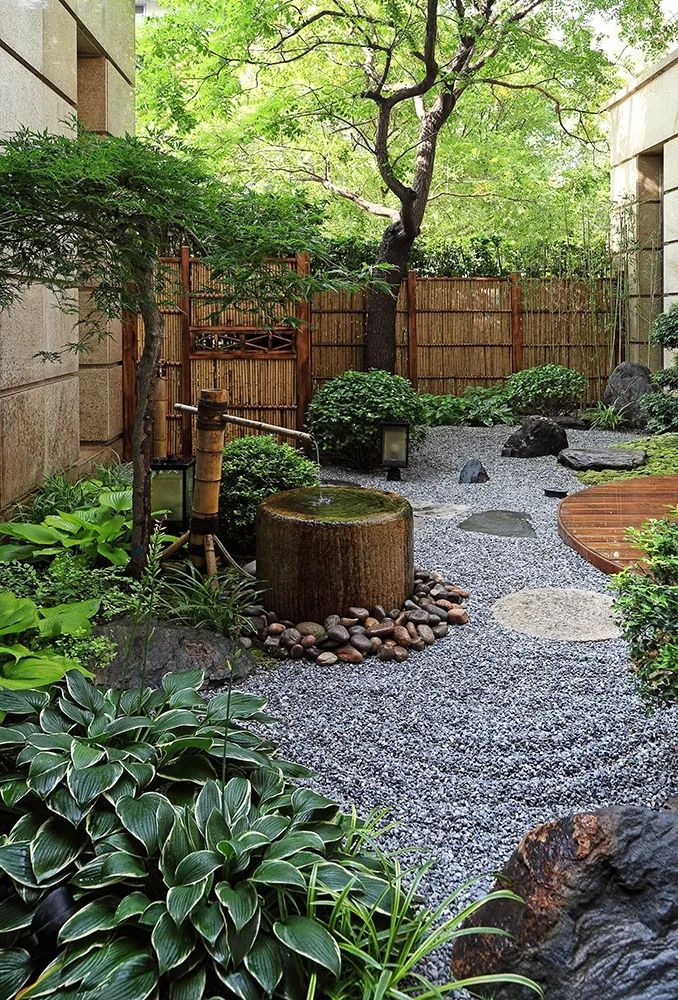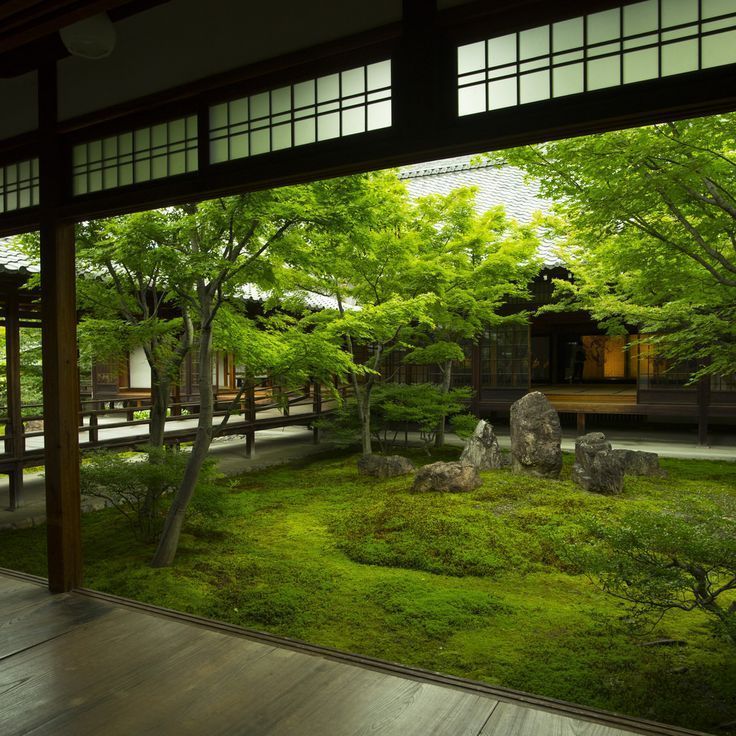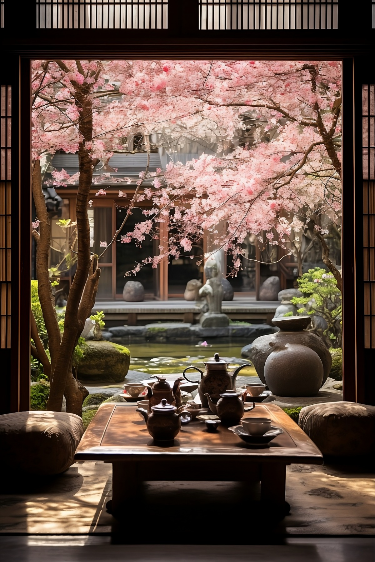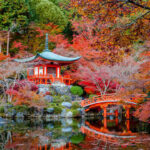Japanese gardens are renowned for their exquisite beauty and meticulous design, embodying centuries of tradition and cultural significance. These gardens are meticulously planned to create a serene and harmonious oasis that reflects both the natural landscape and the principles of Japanese aesthetics.
One of the key features of Japanese gardens is the use of natural elements such as rocks, water, plants, and sand to create a sense of harmony and balance. Rocks are carefully chosen and strategically placed to represent mountains or islands, while water features like ponds or streams symbolize rivers or seas. The careful arrangement of these elements is intended to evoke a sense of tranquility and contemplation in the viewer.
Another important aspect of Japanese gardens is the use of plants to create a sense of seasonal change and beauty. Trees, shrubs, and flowers are carefully selected to bloom at different times of the year, reflecting the changing seasons and celebrating the natural cycles of life. This attention to detail and respect for nature is a central tenet of Japanese garden design, emphasizing the connection between humanity and the natural world.
In addition to their natural elements, Japanese gardens also incorporate architectural features such as bridges, lanterns, and gates to enhance the overall aesthetic. These structures are often made from natural materials like wood, bamboo, or stone, and are designed to blend seamlessly with the surrounding landscape. By combining natural and man-made elements, Japanese gardens create a harmonious and inviting environment that invites visitors to pause and reflect on the beauty of their surroundings.
The design of Japanese gardens is deeply influenced by the principles of Zen Buddhism, which emphasizes simplicity, minimalism, and the importance of being present in the moment. This influence can be seen in the clean lines, sparse plantings, and peaceful atmosphere of Japanese gardens, which are intended to inspire a sense of mindfulness and inner peace in those who visit them. By creating a space that encourages reflection and contemplation, Japanese gardens offer a sanctuary from the stresses of modern life and a place to reconnect with the natural world.
Overall, Japanese gardens are a testament to the enduring beauty and cultural significance of traditional Japanese design. Through their thoughtful combination of natural elements, seasonal plantings, and architectural features, these gardens create a sense of harmony and tranquility that invites visitors to slow down, appreciate the beauty of nature, and find peace in the present moment. As a reflection of Japan’s rich cultural heritage and deep spiritual traditions, Japanese gardens continue to inspire and enchant visitors from around the world.
 yishifashion Where Outdoor Dreams Become Reality
yishifashion Where Outdoor Dreams Become Reality

















